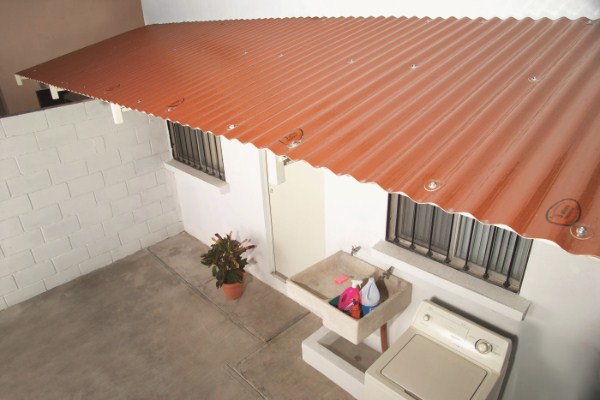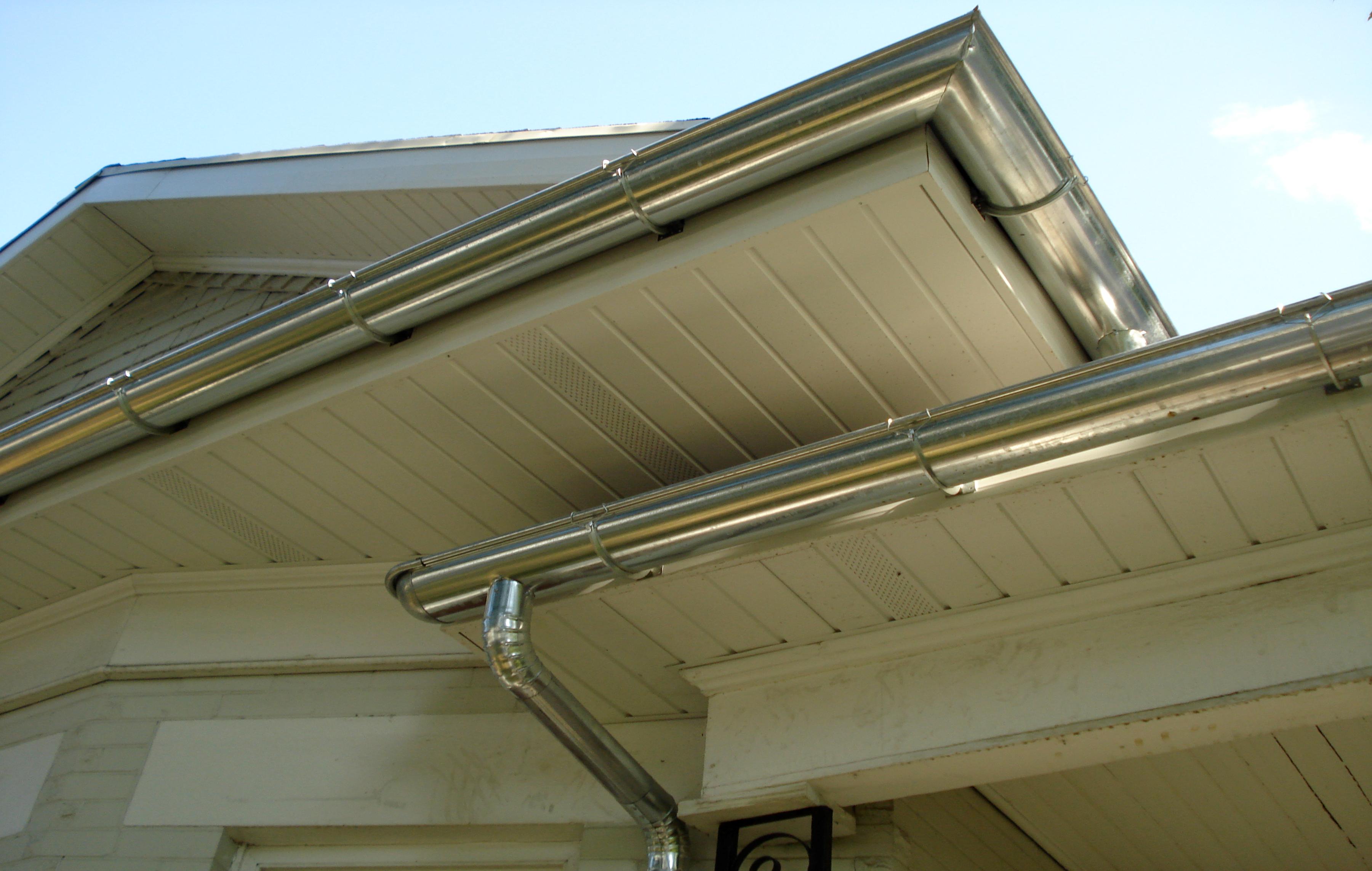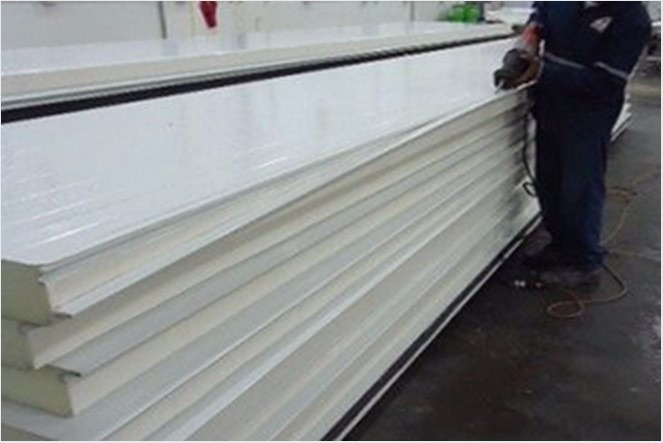

This simulation is highly time-consuming and therefore its number of executions should be reduced to a minimum.ĭuring the last years, Genetic Algorithms (GAs) have been used for a variety of optimization problems. maximum strain values), a finite element simulation is usually executed. In order to check some of these constraints (i.e. This optimization process is also hardened with the addition of several structural constraints.

Moreover, its large number of design variables contributes to having multiple local optima. This kind of problems are one of the most complex and expensive to solve. In spite of this discretization, composite optimizations often have multiple solutions with similar performance. Most practical laminate designs require combinatorial optimizations because the ply orientations are usually restricted to small set of discrete values. Their popularity is due to their excellent mechanical properties as well as their available freedom to tailor material properties. Index Terms Composite lamina, Genetic Algorithm, Ansys Parametric Design Language, Optimization, Composite box wingĬomposites are highly-used on several industrial domains like spacecraft, civil or aircraft design.

The proposed improvements significantly reduce both the weight and the number of analyses required for the optimization.

The goal is to find the lightest configuration that keeps the principal strains under a given threshold. The performance and characteristics of the proposed configurations are evaluated via nonlinear finite element simulation. To obtain a Pare to optimal set of designs, the influence of cost and weight on the overall fitness of a laminate configuration was adjusted from one extreme to the other by adjusting the scale factors accordingly. The optimization formulation was implemented by using convex combinations of cost and weight objective functions into a single value for laminate fitness, and thus required no additional modifications to the GA. Two materials were used, with one significantly stronger, but more expensive than the other. The modified GA was used to simultaneously minimize the cost and weight of a simply supported composite plate under different combinations of axial loading. This paper describes the results of applying several improvements to the standard genetic algorithm to the optimization of a stiened composite panel subject to a set of shear and axial loads. The dynamics in genetic algorithms provide optimal (or near optimal) solutions to complex optimization problems when analytical techniques are not able to calculate them. Genetic algorithms are heuristic stochastic methods that explore a reduced set of tentative solutions, performing a guided search procedure that evaluates few solutions, in several orders of magnitude smaller than the whole search space. Their light weight make them key elements to reduce weight and direct operating costs in some domains like aeronautics. Composites are highly used on industrial design. A.Karthikeyan, V G Abhij, V V Aarsha, S Santhoshima Department of Aeronautical engineering, Excel Engineering college, Namakkal, IndiaĪbstract : Composite materials are combinations of, at least, two organic or inorganic materials, working together to give the composite some desired properties.
#Lamina de multipanel trial
Our approach provides robust protocols for affordable, semi-automated eight-color cytometric immunophenotyping that can be used in population-based studies and clinical trial settings.Design and Optimization of Composite Lamina using Genetic Algorithm This work establishes a foundation for defining reference values in healthy donors. We report on four panels that were designed to enumerate and phenotype major immune cell populations (PMN, T, B, NK cells, monocytes and DC). We optimized eight-color antibody panels and procedures for staining and lysis of whole blood samples, and implemented pre-analytic steps with a semi-automated workflow using a robotic system. Herein we report the approach taken by the Milieu Intérieur Consortium, highlighting the standardized and automated procedures used for immunophenotyping of human whole blood samples. Standardized procedures are essential to allow for inter-individual comparisons in the context of population based or clinical studies. Immunophenotyping by multi-parametric flow cytometry is the cornerstone technology for enumeration and characterization of immune cell populations in health and disease.


 0 kommentar(er)
0 kommentar(er)
